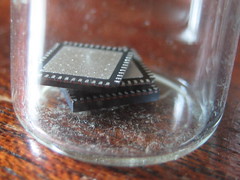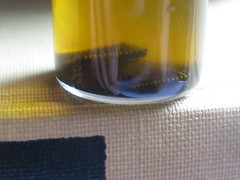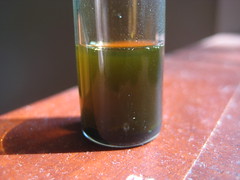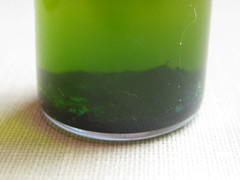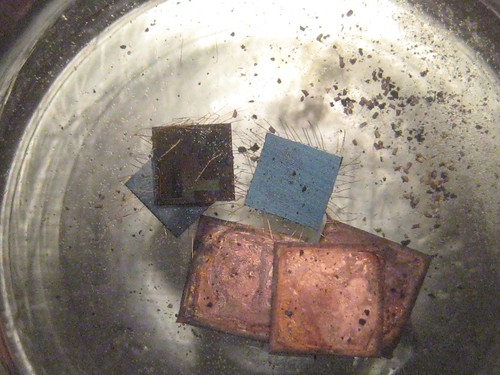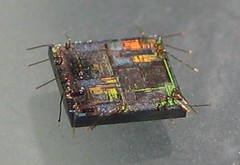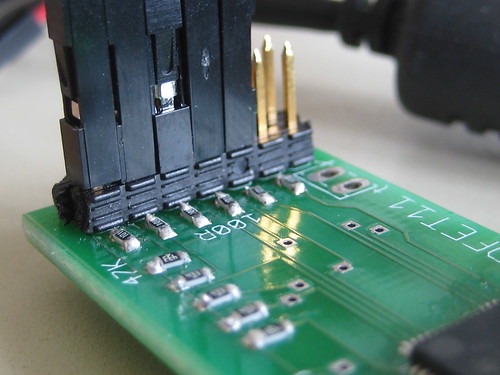N.B., that this is quite outdated. See the GoodFET Tutorial for a more recent description.
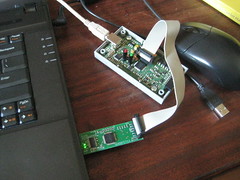
This is a quick tutorial for using the GoodFET to program an MSP430. This should work for all classic MSP430 chips which support 4-wire JTAG, but it will not yet work with SpyBiWire or MSP430X2 chips, such as the MSP430F5xx and CC430. As these instructions will likely become dated very quickly, expect some surprises.
Prerequisites
You will need a GoodFET board, complete with the clock crystal. Your workstation should have Python, Subversion, MSPGCC, and msp430-bsl installed. I assume below that you are using some form of Unix, but the software ought to be compatible with Cygwin. Those who are unfamiliar with Cygwin should wait for a GUI client that I'll release later this year.
If you are familiar with SMD soldering, email or catch me at a conference for a gratis board of the most recent revision.
Subversion Checkout
Grab the entire project by running "svn co https://goodfet.svn.sourceforge.net/svnroot/goodfet". Future updates may be grabbed by "svn update".
Clients
CD to "goodfet/trunk/client" and run "sudo make link". This will link the client scripts to /usr/local/bin/, keeping the originals in the subversion directory to be easily updated. At this point, you can call up the "goodfet.msp430" command's usage by running it without parameters.

Firmware
Change your directory to "goodfet/trunk/firmware", then run "make" to compile a firmware image. If there are errors, check your MSPGCC installation. Once compilation succeeds, run "make install" to load the firmware into the GoodFET device.
Dumping an Image
The "goodfet.msp430" script is a stand-in until I get around to writing a proper client. To dump a target's firmware, the usage is "/usr/local/bin/goodfet.msp430 dump $foo.hex [0x$start 0x$stop]". To dump the BSL, which resides in the region [0xC00,0xFFF],
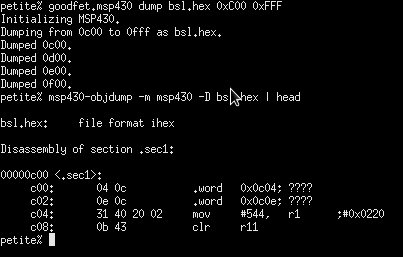
As I collect BSL images, it would be neighborly of you to send the bsl.hex file my way. Dump with no range will dump all memory above 0x200, which is to say all memory that may be safely read without side effects.
Erasing a Chip
The "erase" verb will mass erase all memory except for the DCO configuration. An erase is automatically performed prior to a flash.
Flashing an Image
The "flash" verb of this client will flash an image to the target board. Every address evenly divisible by 0x100 is printed as a sort of progress meter,

Each word is validated as it is written, making it easy to identify when writes go bad. In the photo below, words were miswritten from 0x2500 to 0x2508, but later words were written properly.

That's all, folks. Expect a slew of firmware updates for the GoodFET over the next few weeks, and perhaps a GUI client of some sort.

